Trek Emonda SL6 Pro review
Trek's latest GC/climbing bike has undergone an aero transformation, but has it helped?
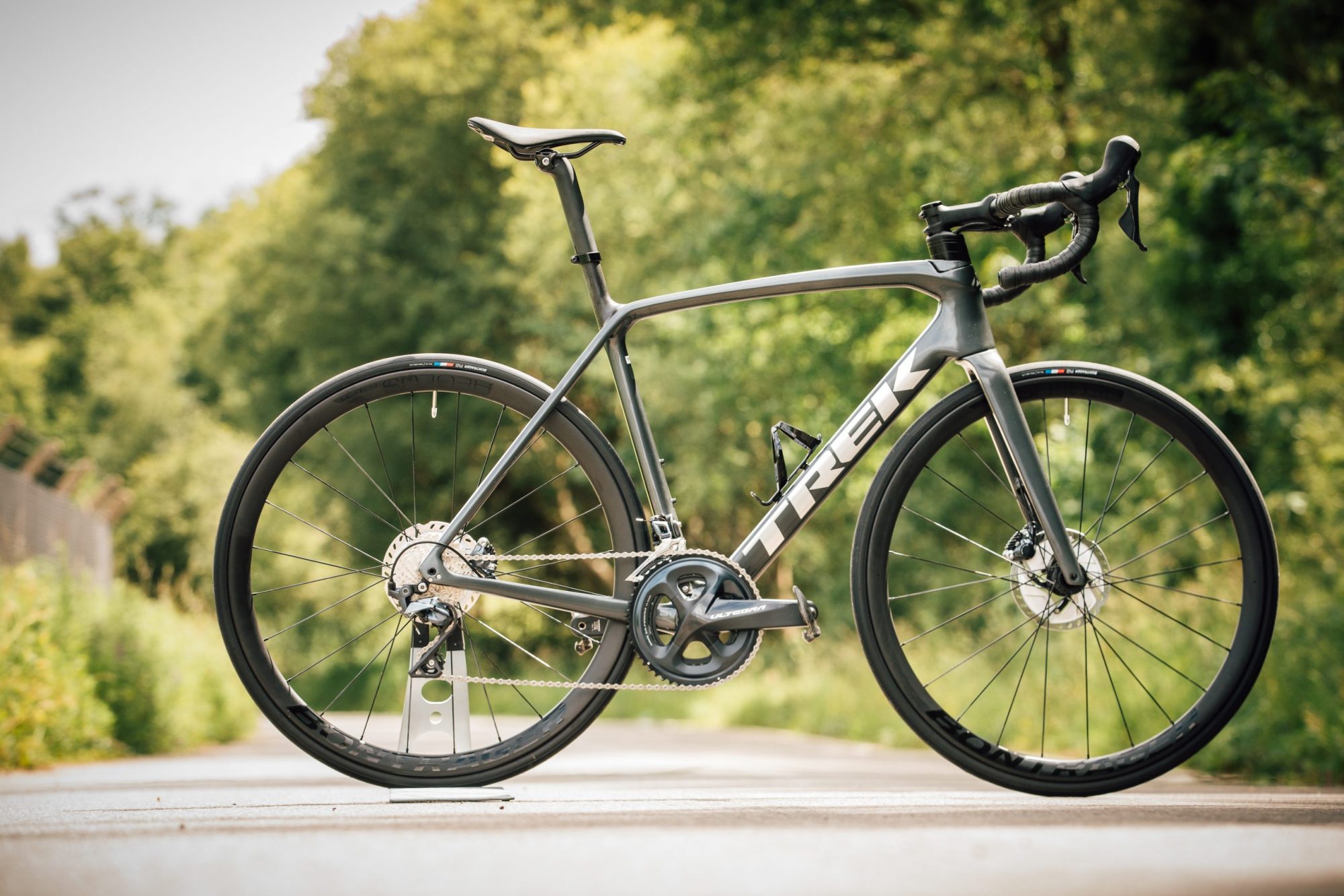
The radical changes brought about in this new Emonda frame are somewhat hampered within the SL range owing to the heavier nature of the frame and subsequent ride quality of the 500 Series OCLV carbon. It is a solid all-round performer and there's no getting away from the fact the ride quality provides a good balance of efficiency and ride comfort. It's just if you were looking for an improvement on the ride of the previous model you'll need to hold off and get one of the higher level SLR models to truly see improvements.
-
+
Efficient power transfer
-
+
Excellent handling prowess
-
+
Compliant ride
-
-
New SL frame has lost some of the excitement of the existing Émonda
-
-
Heavy for a 'climbing' bike
You can trust Cycling Weekly.
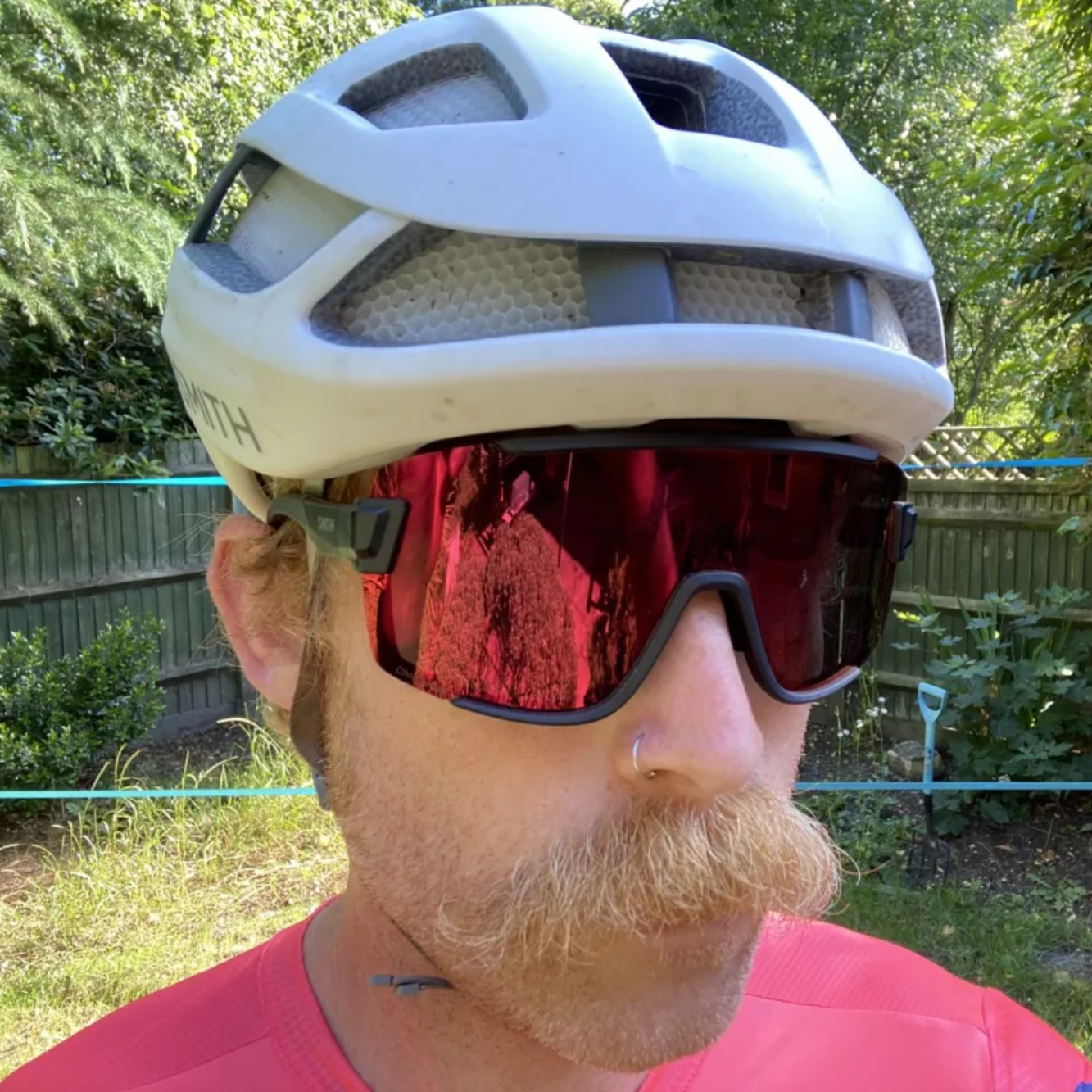
Trek recently released a brand new re-imagining of the Emonda, the brand's lightweight climbing/GC model platform, featuring a drastically aero-ised chasis. The model family is split into a higher tier SLR and the lower SL range that this SL6 Pro sits in, the critical difference is in the carbon layup and the enhanced integration sported by the SLR range.
Frame
The frame on the Emonda SL6 Pro is constructed of Trek's own 500 Series OCLV carbon fibre. This carbon layup might be heavier than the newly showcased ultra light 800 Series OCLV of the top level SLR Émonda's but is considerably more economical to produce, helping keep the SL range prices in a much more affordable tier.
>>> The Trek Madone gets an update, but you won't spot it
The new Emonda features a completely new set of tube shapes, most of which have gone down the aero route. But Trek is at pains to keep the comparisons to the Madone aero race bike to a minimum; this isn’t simple a ‘Madone Lite’. Rather than being the same elongated shapes as found on a proper aero race bike, the aero shaping of the Emonda’s tubes is much more subtle and is based around the principle of unsteady aerodynamics.
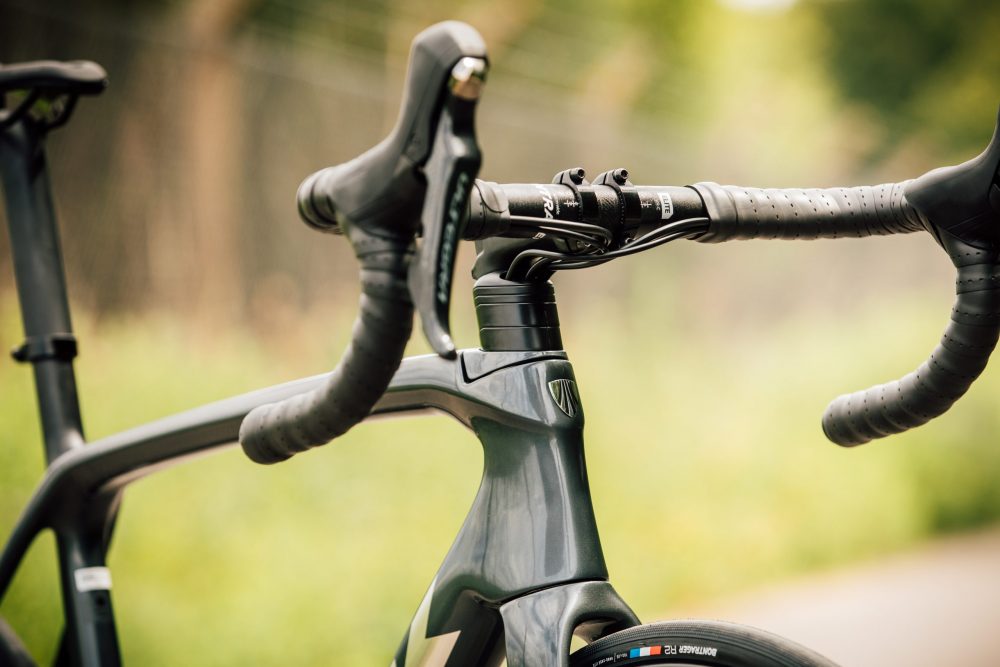
In this case it’s more about how drag is affected through wind gusts and other factors at slower speeds than the usual 45km/h, after all, not even pros climb at these speeds. There are still the characteristic truncated airfoil shapes that we associate with aero frames but the effect is far less dramatic and produces a frame that still has a traditional look.
Trek hasn’t jumped on the dropped seatstay bandwagon with the new frame either, preferring to stick to a set of widely spaced yet aero shaped, thin seat stays.
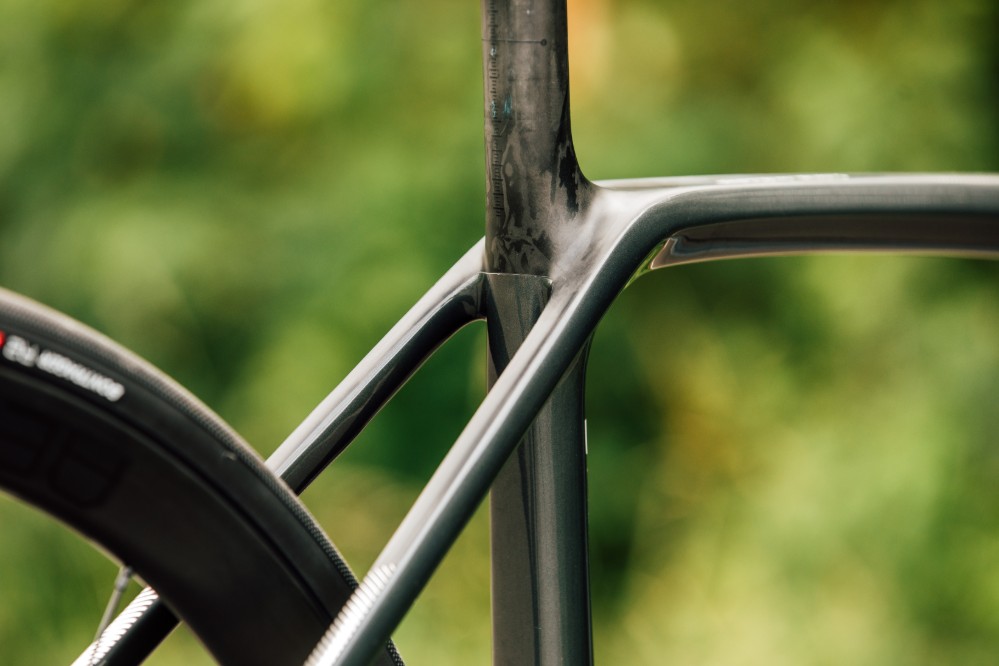
The new frame also enjoys a little more integration, bringing it more in-line with the Madone. All models now see the cable routing brought neatly into the frame at the front of the headtube keeping the front end profile as slippery as possible.
The other notable feature of the new frame is a wholesale move to the T47 bottom bracket standard. This style marries the reliability of a threaded shell with the capability of running larger diameter internal bearings and enables Trek to maintain its characteristic wide and efficient bottom bracket stance.
The new Emonda range has also been designed with Trek’s middle-ground H1.5 geometry ensuring a set of numbers that sits it half way between the ultra-aggressive pro H1 and its laid back and relaxed, endurance specific H2 geometry. A tall stack of split spacers under the stem provides plenty of height adjustment for a wide range of rider requirements.
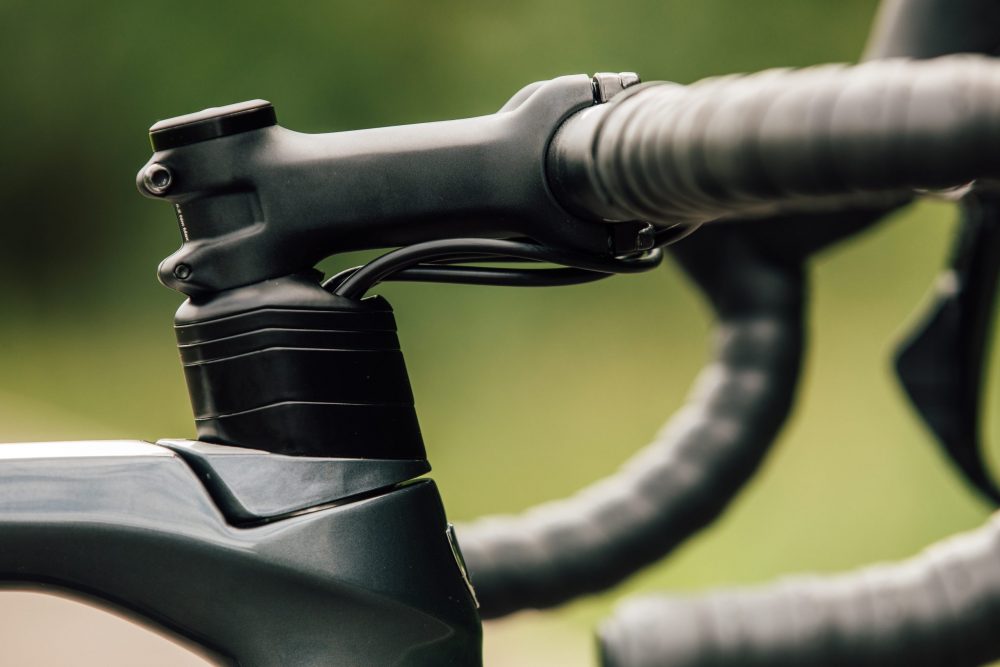
And finally, keeping the Emonda in a pretty rigid user set Trek has bucked another trend and limited tyre clearance to just 28c putting the focus of the bike purely on road going high performance.
Components
The SL6 Pro sits near the top of the SL range and as such has a a pretty decent spec sheet. A mechanical Shimano Ultegra is the least we would expect at the +£3,000 price point and we don't need to point out how reliable and consistent it is in providing smooth shifting and braking.
As with the entire Emonda range the SL6 Pro runs on Bontrager wheels; Aeolus Elite 35 to be precise. These feature a carbon 35mm depth and complement the new 'aero' frame without compromising too much on weight and climbing ability. They feel stiff under power and spin up to speed relatively quickly. There are lighter and faster wheels that would suit the new frame but at this price point the Aeolus Elite is spot on. The tyres are Bontrager as well, in this instance 25mm R2 Hardcase Lite tyres. These are not Bontrager's fastest tyres, more classed as an everyday tyre with plenty of puncture protection.
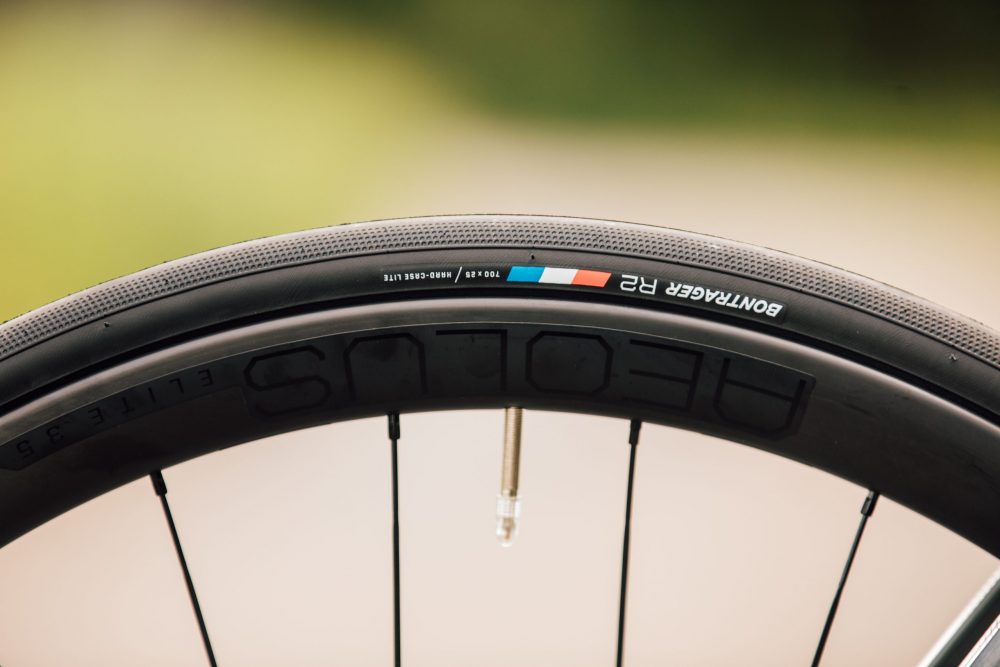
In a complete whitewash the entirety of the finishing kit is also provided by Bontrager. Unlike the integrated carbon bar/stem of the higher end SLR models, the SL6 Pro is fitted with a standard aluminium handlebar and separate stem, allowing for much simpler cockpit customisation. Despite the more ordinary setup the cable routing is still really neat underneath the stem without needing any additional housing.
The Émonda maintains the 'reversed' seat post, with a larger diameter seatpost mast fitted over the seat tube. This allows for plenty of adjustment plus further lengths are available if needed. The Bontrager Aeolus saddle also stands out for being incredibly comfortable even when sat right on the nose.

The ride
I was curious to see if the new Emonda was able to improve on the ride quality of the highly rated existing version and the short answer is yes, well kind of....
The first thing to note is that in this new guise, the lower SL version I have on test feels a little chunky at over 8 kilograms - not something you expect when the bike's raison d'etre is all about low weight and climbing. However a total mass doesn't always equate to an anchor of a ride experience and this is true of the Émonda.
Trek has managed to provide a level of stiffness around the bottom bracket that enables the Émonda to deliver in its promise of rewarding effort. Granted it takes less effort to maintain speeds on flat and rolling terrain, much like the Madone aero bike, and I'm certain it is a 'faster' bike than the last version. But I can't help but feel that this new design has stifled some of the existing model's lively and exciting ride nature - it feels like using adjectives such as solid and dependable is more appropriate, almost like the Domane endurance bike.
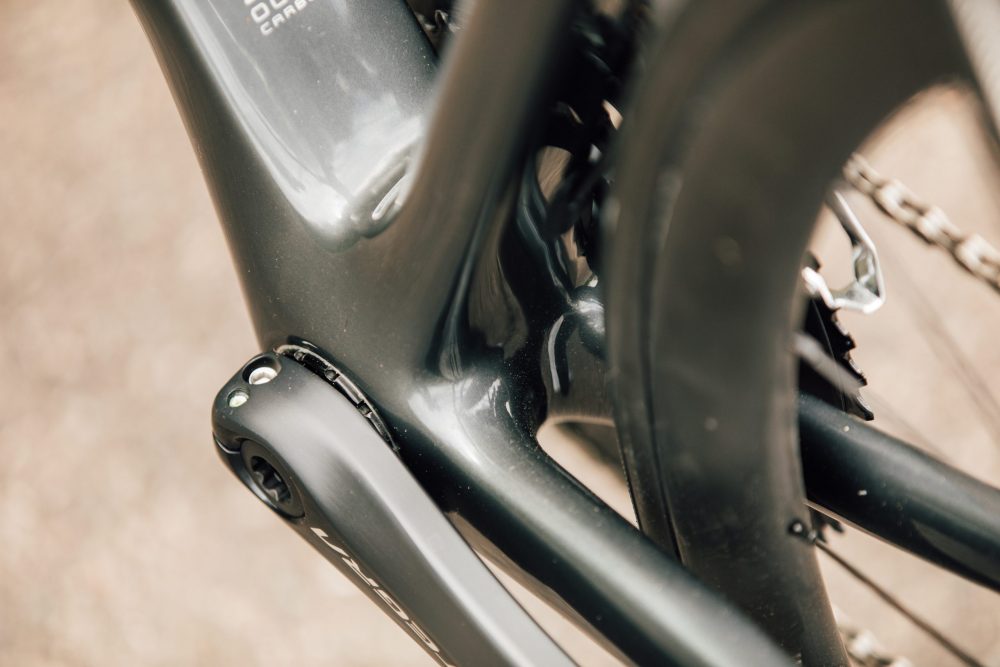
Trek's relaxing of the geometry on the Emonda has increased its ability to keep you comfortable and riding hard on a long ride and I had no issue taking on some challenging and long routes around Dorset and South Wales. The tall stack of shaped and split spacers sit the cockpit a little too high for my personal preference but luckily I was able to drop the stem height by using some standard spacers on top of the stem, without needing to cut the steerer. This put a little more weight on the front wheel which enabled me to descend the Émonda with aplomb and happily stuff it into downhill corners at high speed without any of the vague feeling that can come with a front end that is a touch too high.
Climbing is where the Emonda should thrive and it certainly is no slouch on your typical British climb, however it doesn't set the tarmac alight and the near eight kilo weight does neuter the Émonda's ability to counter attack when your riding mates try to accelerate away from you on a climb.
It feels like I'm being a little harsh and critical of the Emonda SL6 Pro, after all in most respects it is a solid all-rounder and I have enjoyed my time riding the bike over the last few months. It's a great looking bike and I expect most riders will be satisfied with the performance, it's just I feel it has a lost a little of the magic the old version had. If you are looking for the sort of engaging ride the Emonda is known for I suspect you would need to save your pennies and opt for one of the lighter SLR options and certainly if it was my money that would be what I would need to do.

Thank you for reading 20 articles this month* Join now for unlimited access
Enjoy your first month for just £1 / $1 / €1
*Read 5 free articles per month without a subscription

Join now for unlimited access
Try first month for just £1 / $1 / €1
Get The Leadout Newsletter
The latest race content, interviews, features, reviews and expert buying guides, direct to your inbox!
James Bracey's career has seen him move from geography teacher, to MBR writer, to Cycling Weekly's senior tech writer and video presenter. He possesses an in-depth knowledge of bicycle mechanics, as well as bike fit and coaching qualifications. Bracey enjoys all manner of cycling, from road to gravel and mountain biking.
-
 The thing that bothers me most when I look back at old school training is that right now we’re doing something equivalently misguided
The thing that bothers me most when I look back at old school training is that right now we’re doing something equivalently misguidedOur columnist's old training diaries reveal old-school levels of lunacy
By Michael Hutchinson Published
-
 'This race is absolutely disgusting': Peloton reacts to another brutal Paris-Roubaix Femmes
'This race is absolutely disgusting': Peloton reacts to another brutal Paris-Roubaix FemmesNow in its fifth edition, Paris-Roubaix Femmes is still a tough race, even for the best bike riders in the world
By Adam Becket Published
-
 ‘It’s the biggest win of my career’ says João Almeida after crushing Itzulia Basque Country success
‘It’s the biggest win of my career’ says João Almeida after crushing Itzulia Basque Country successUAE rider wins the final stage to finish almost two minutes clear of Enric Mas on GC, with Max Schachmann in third
By Peter Cossins Published